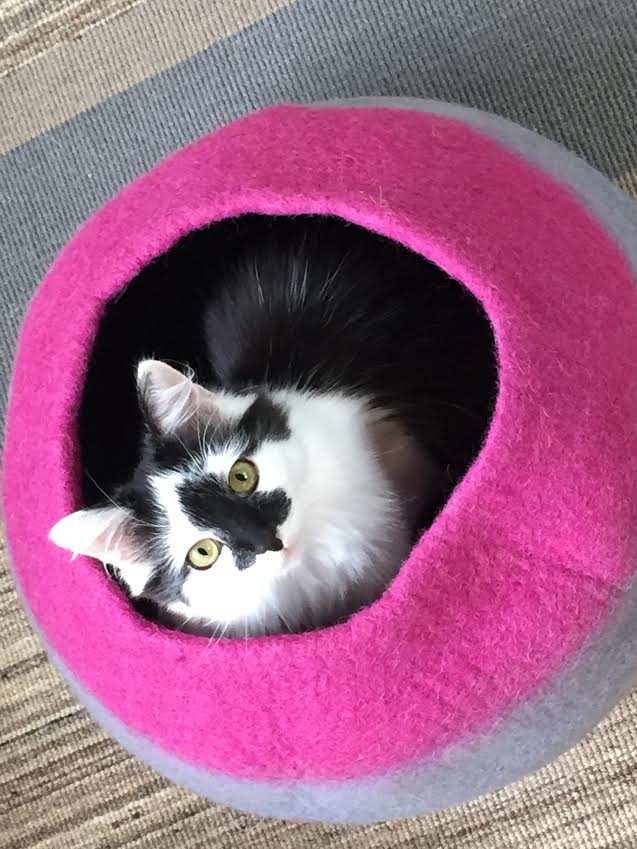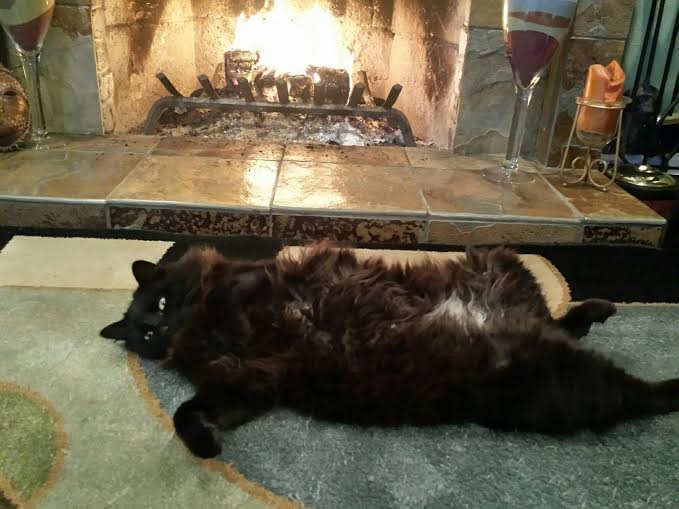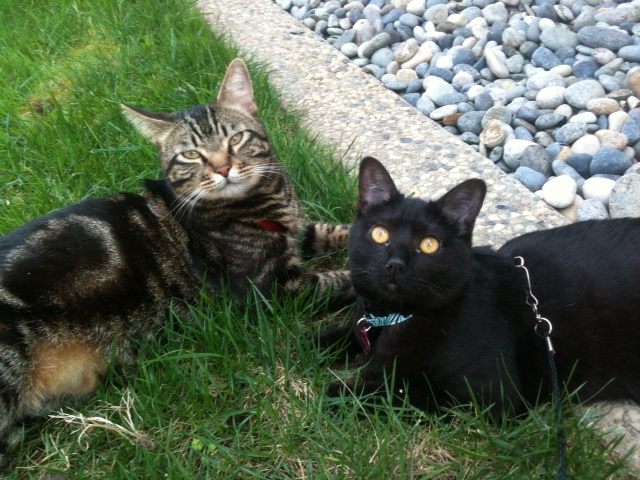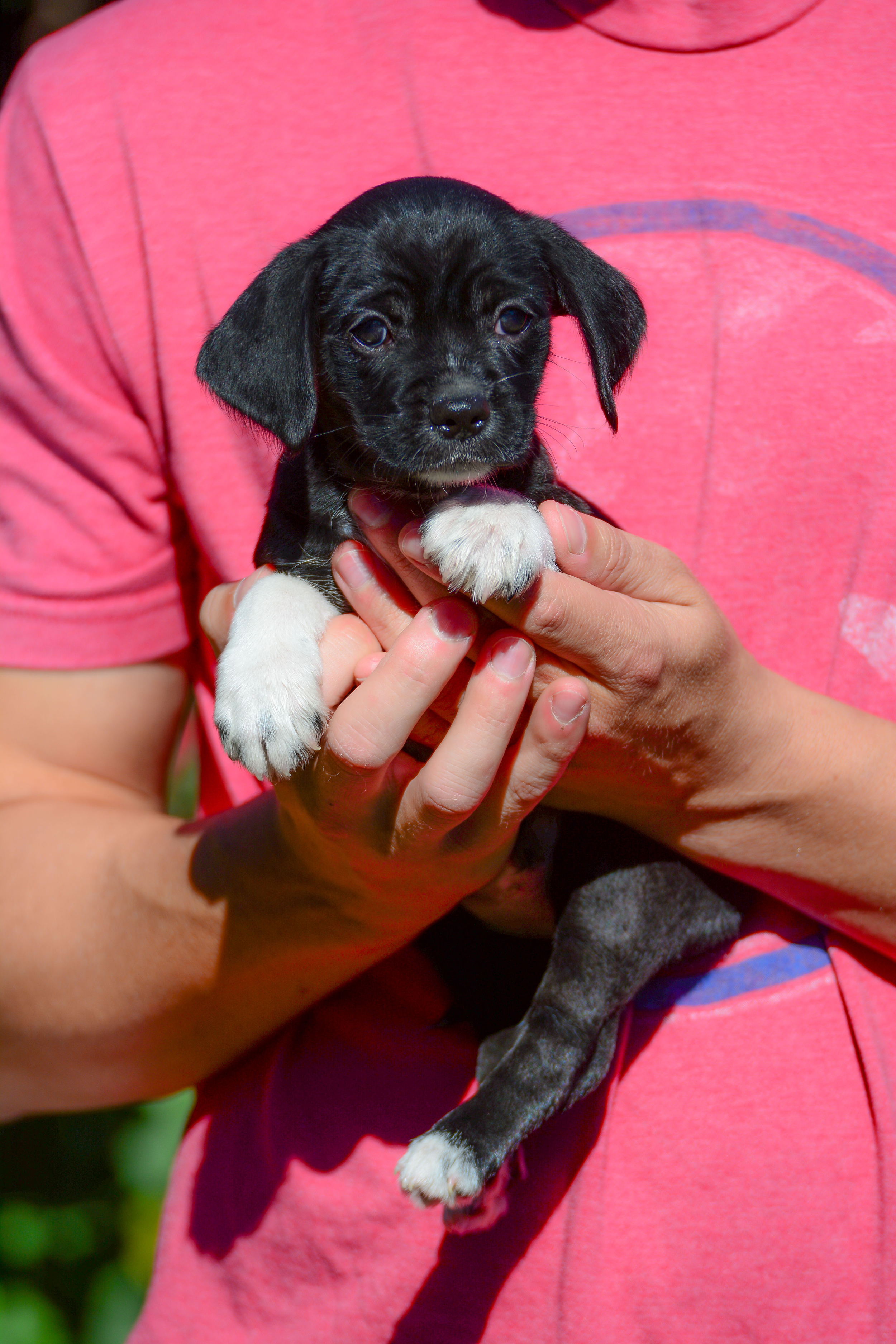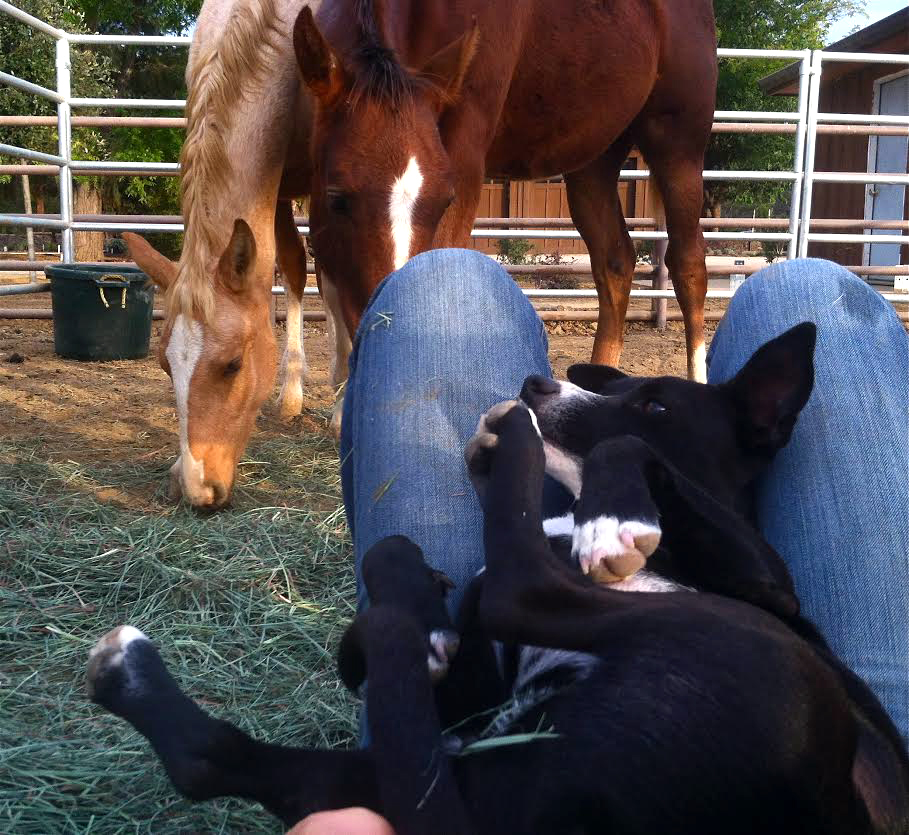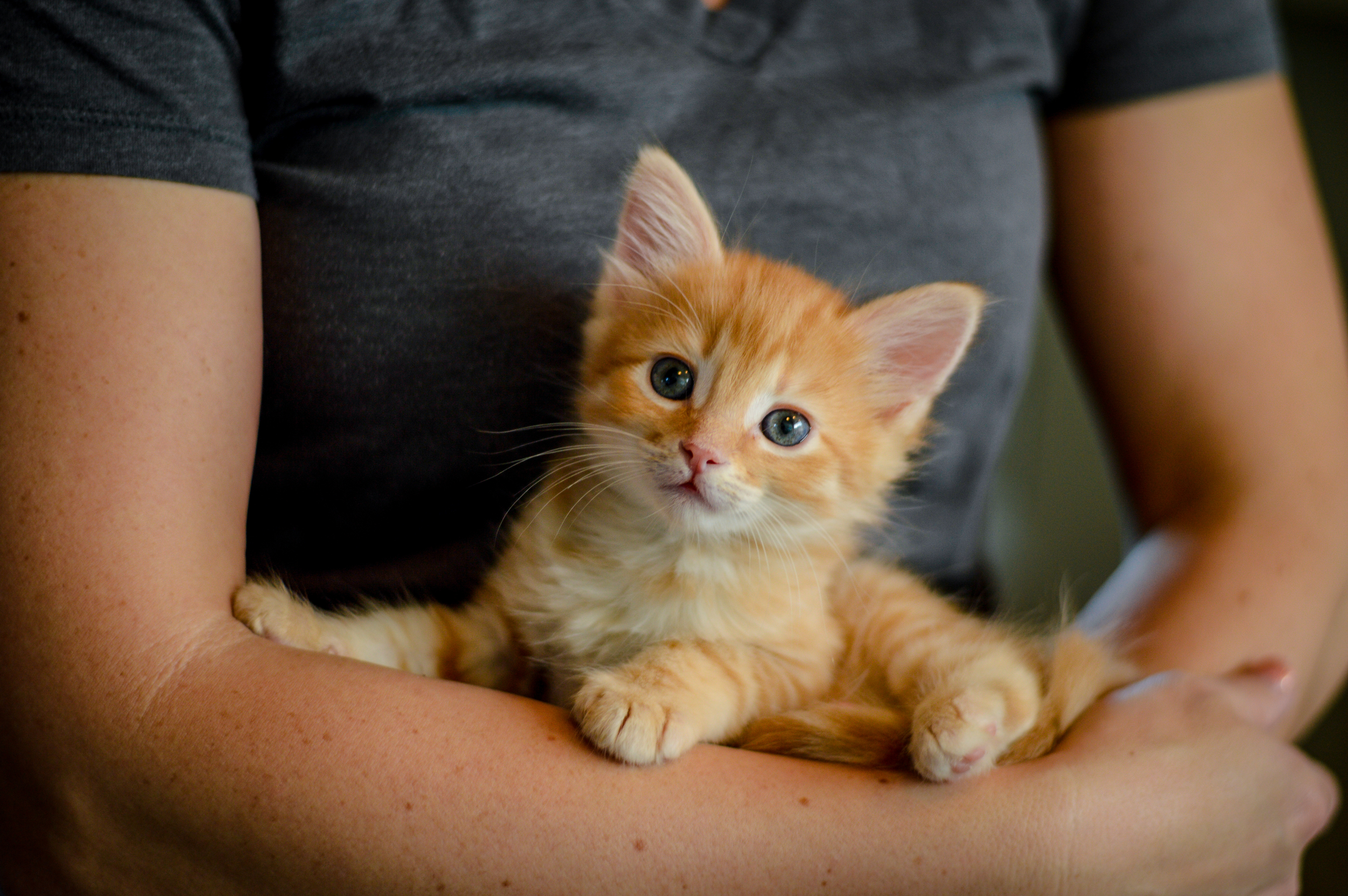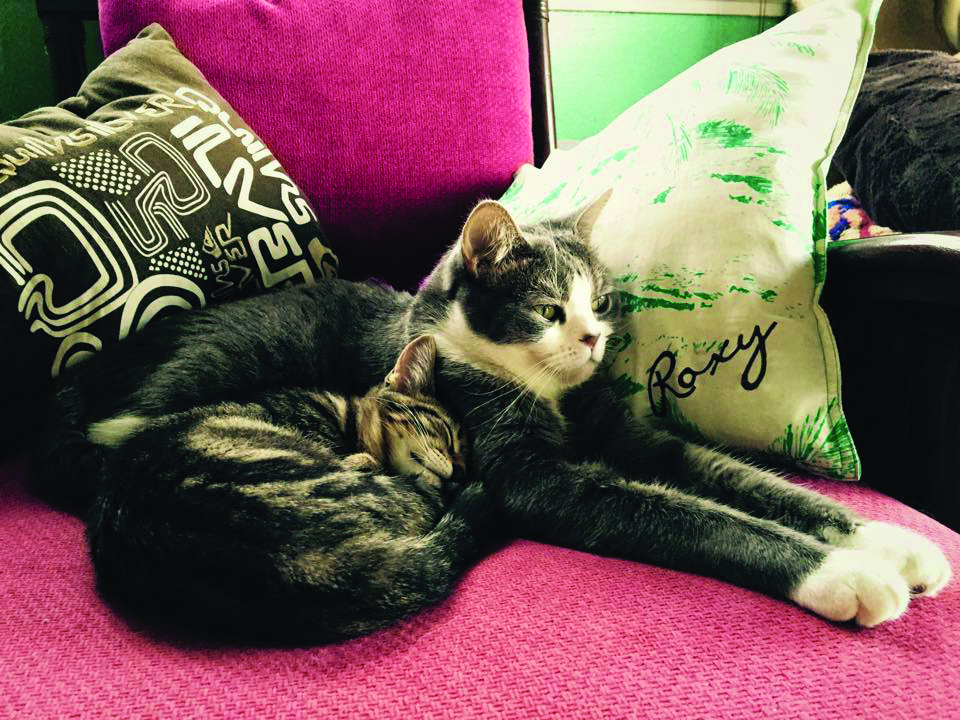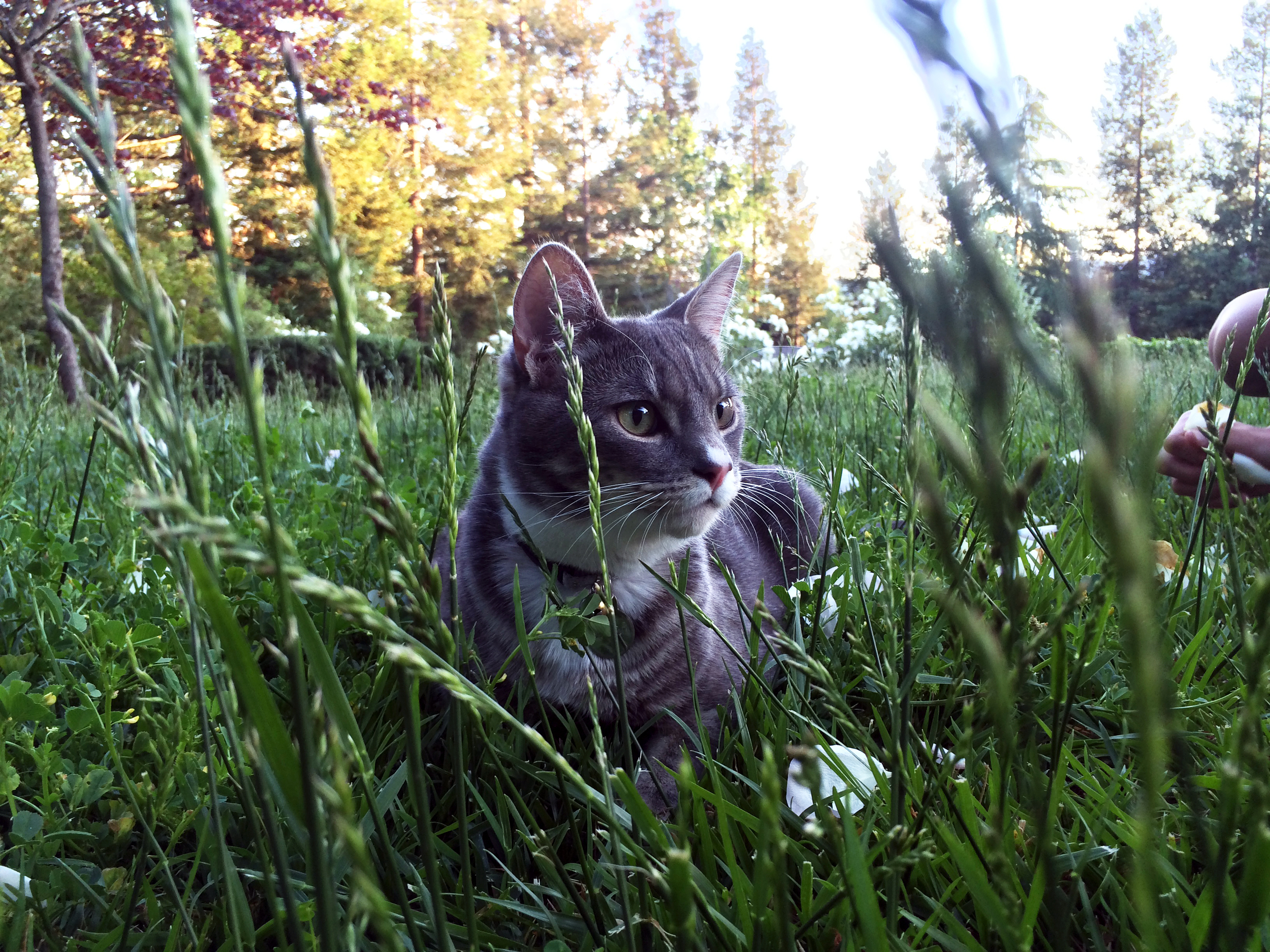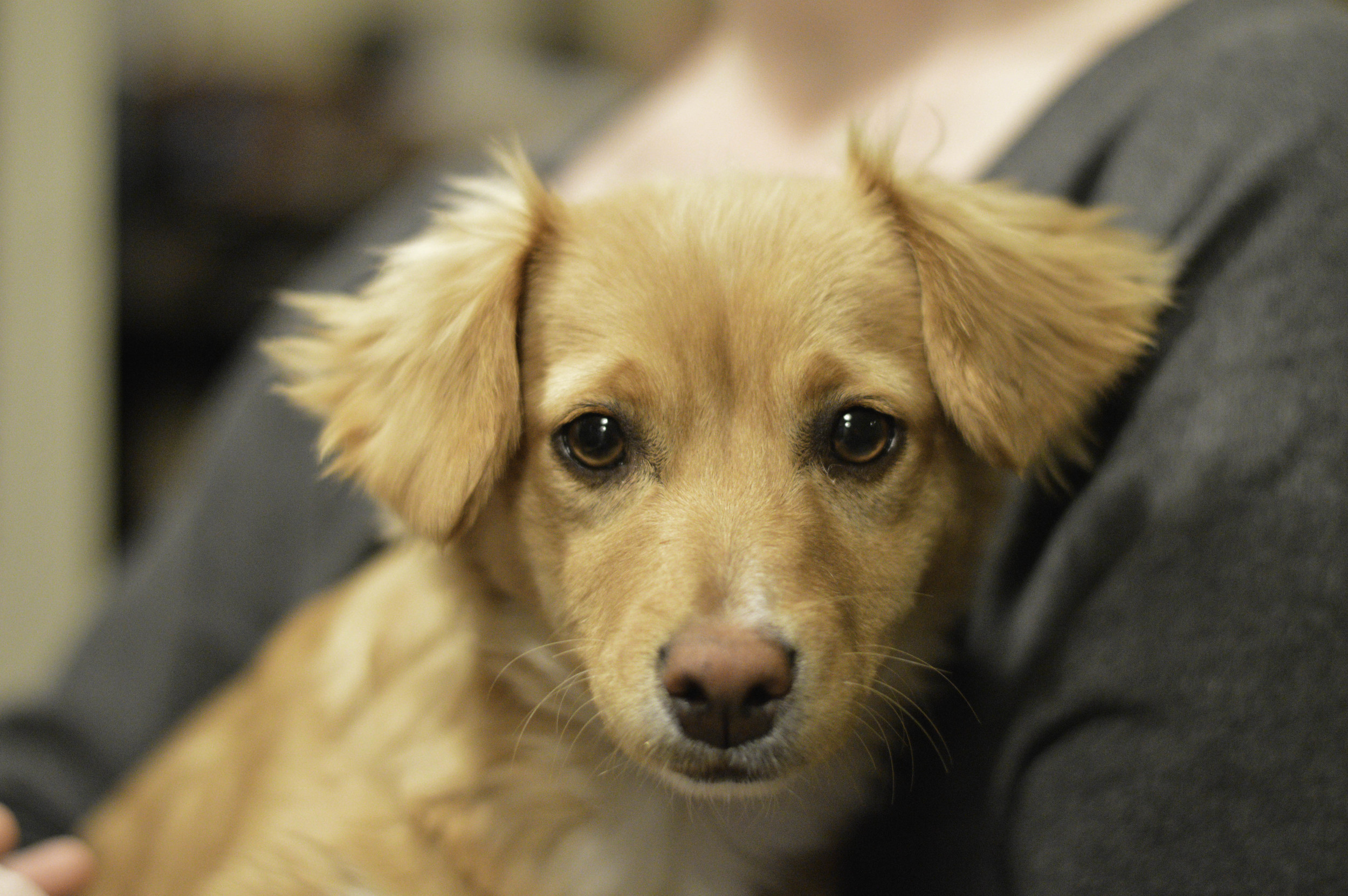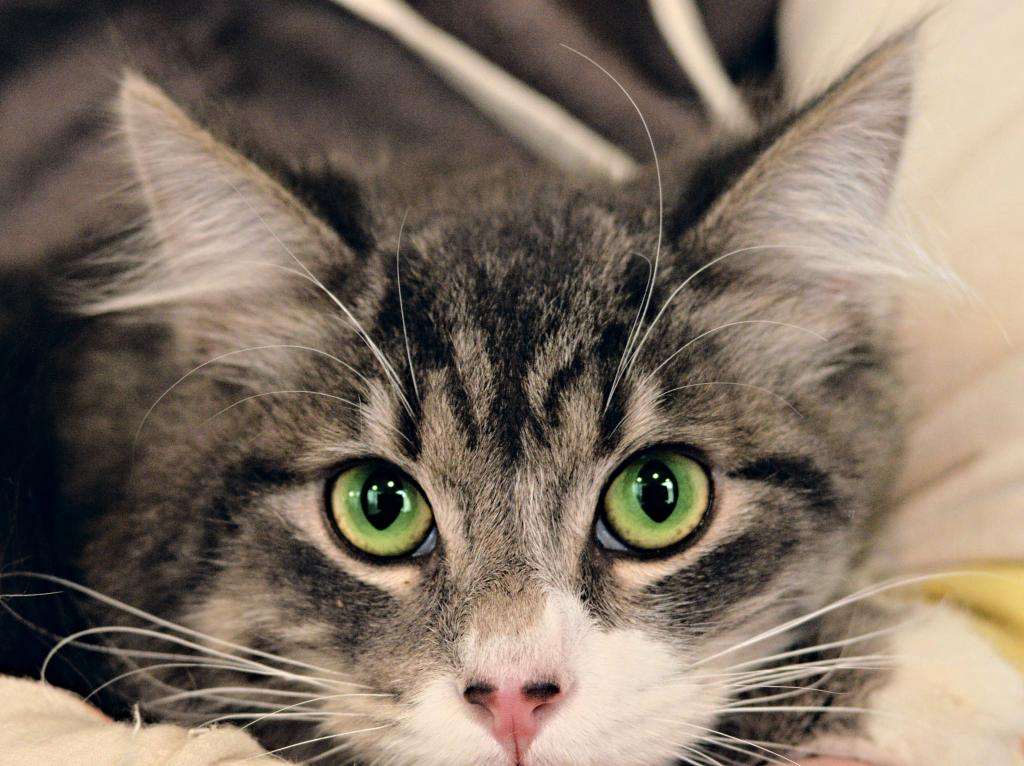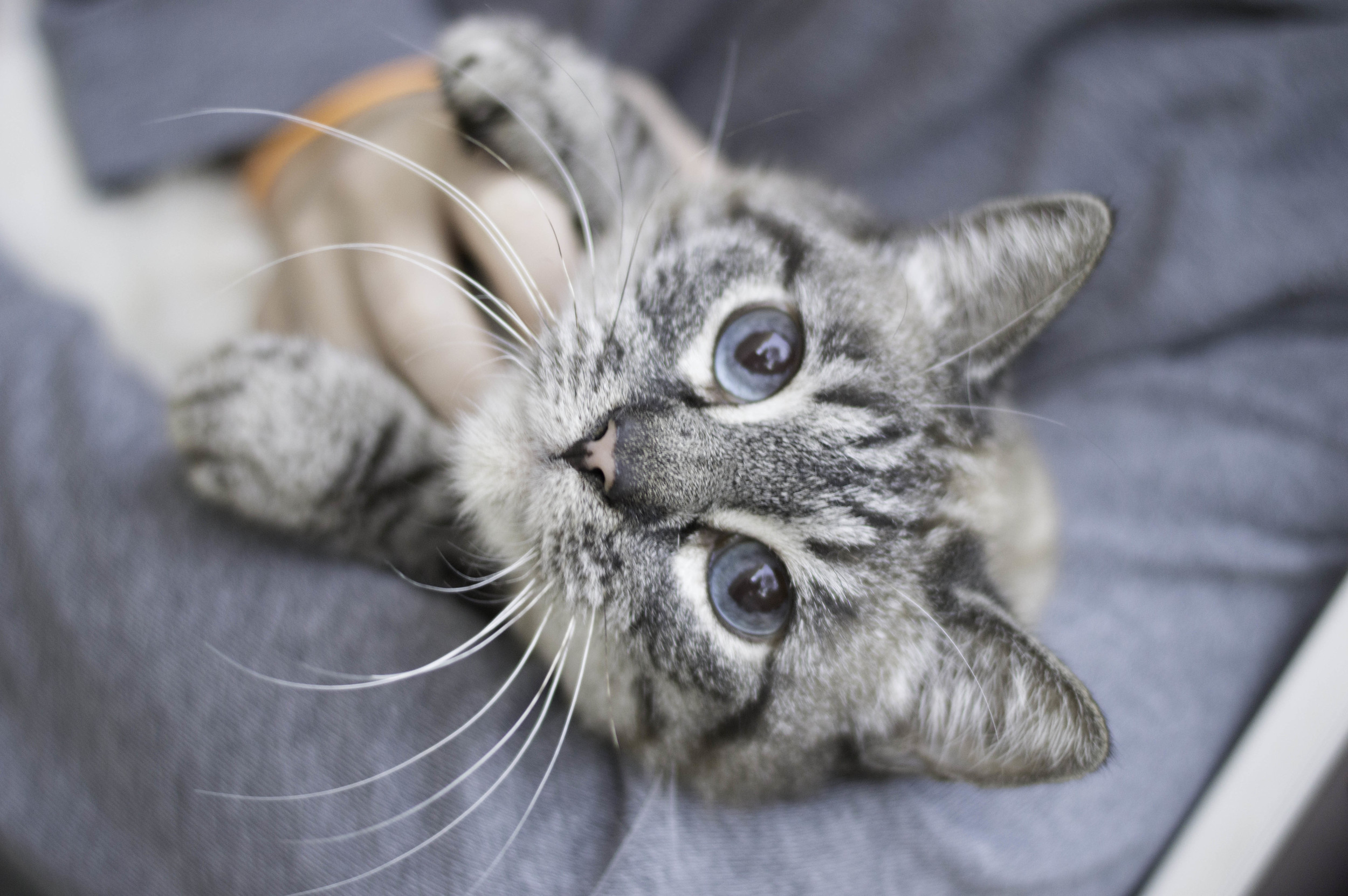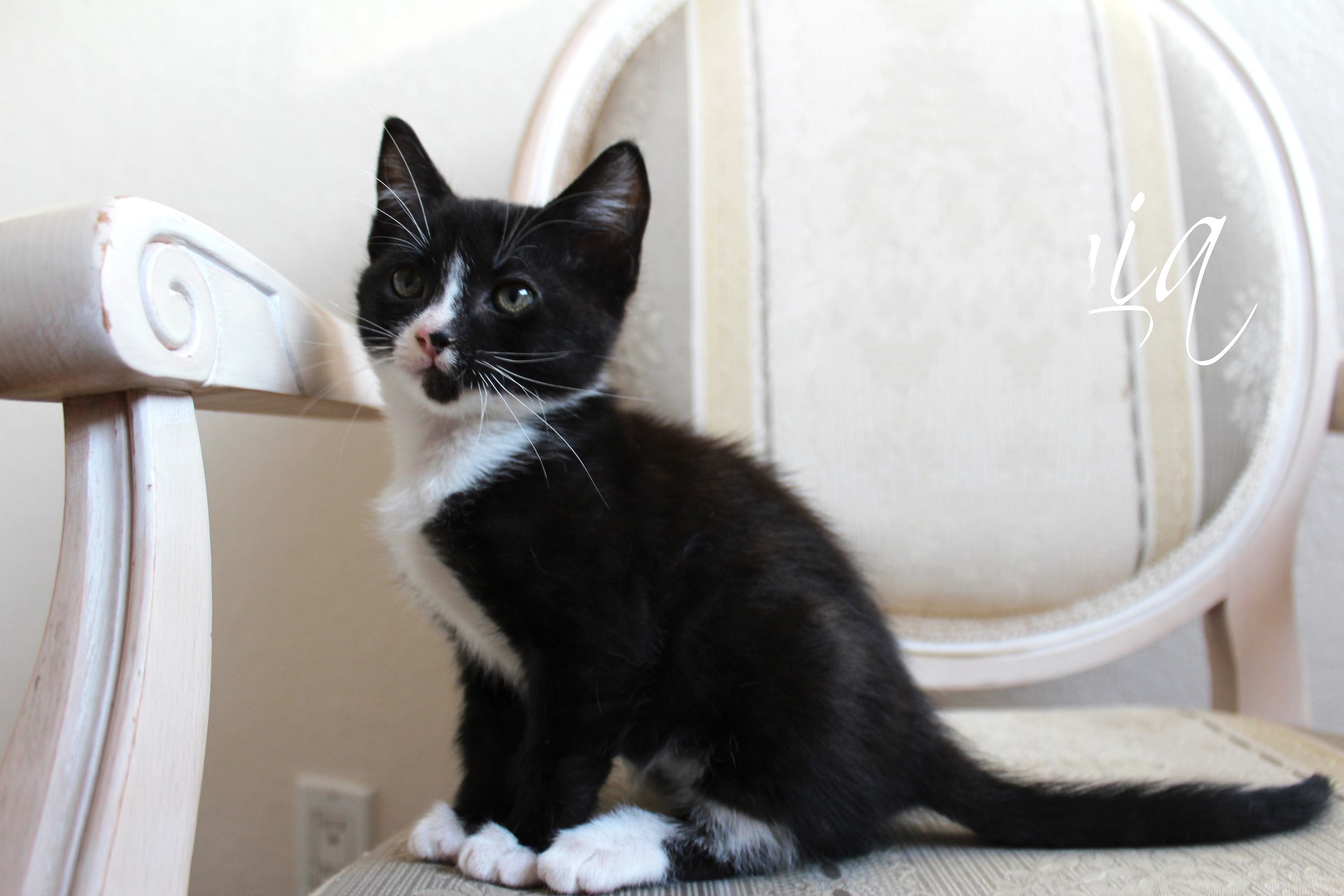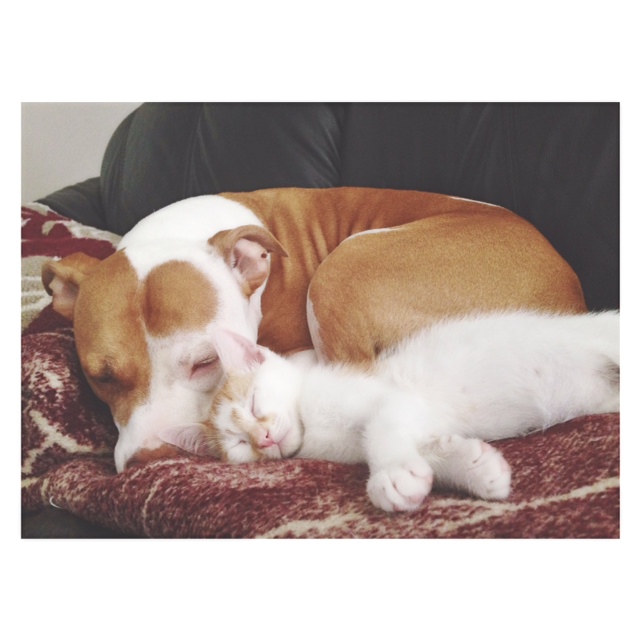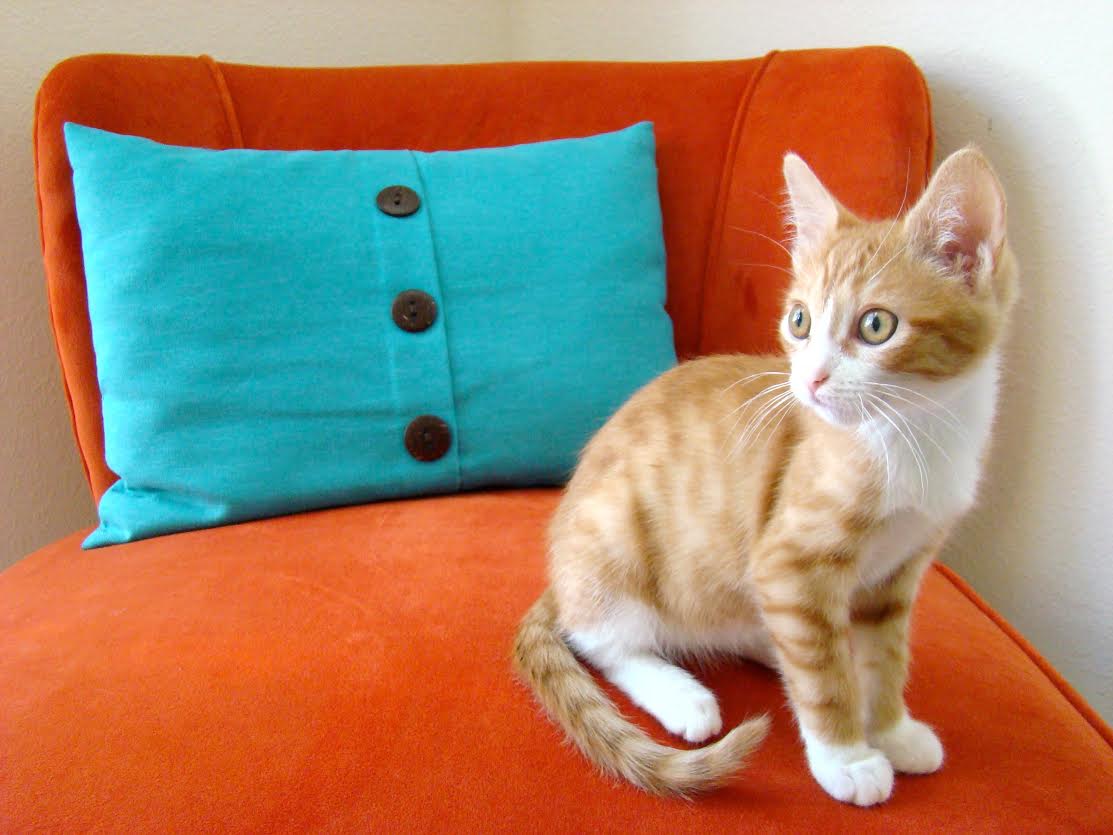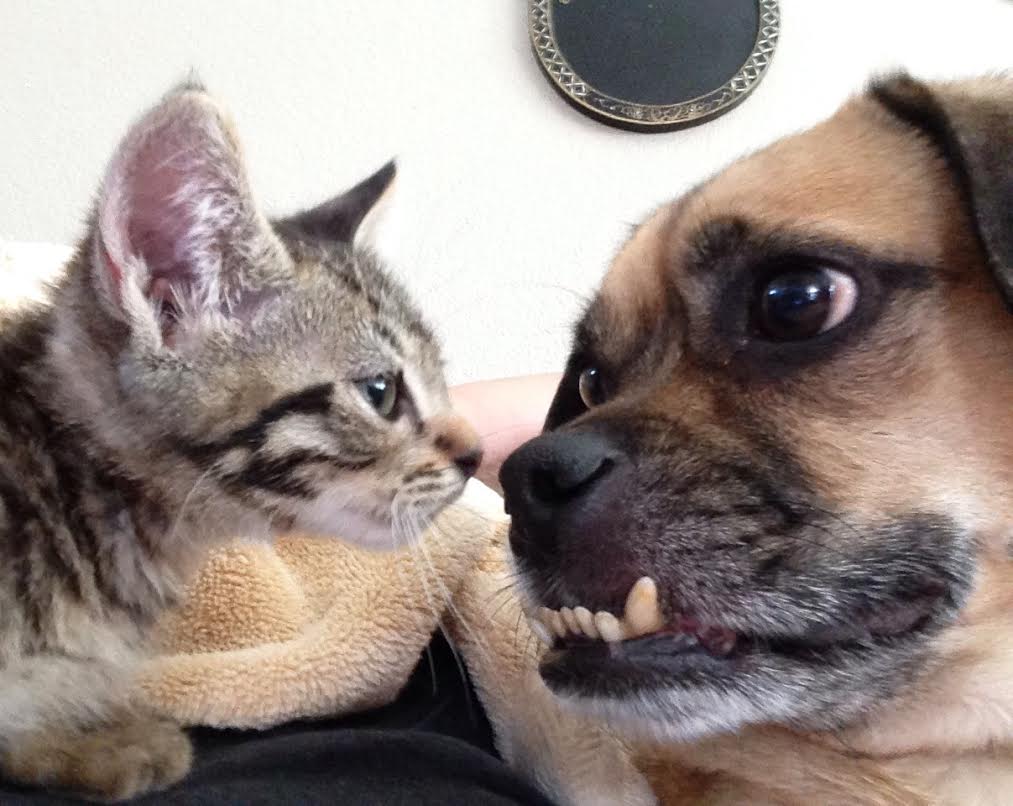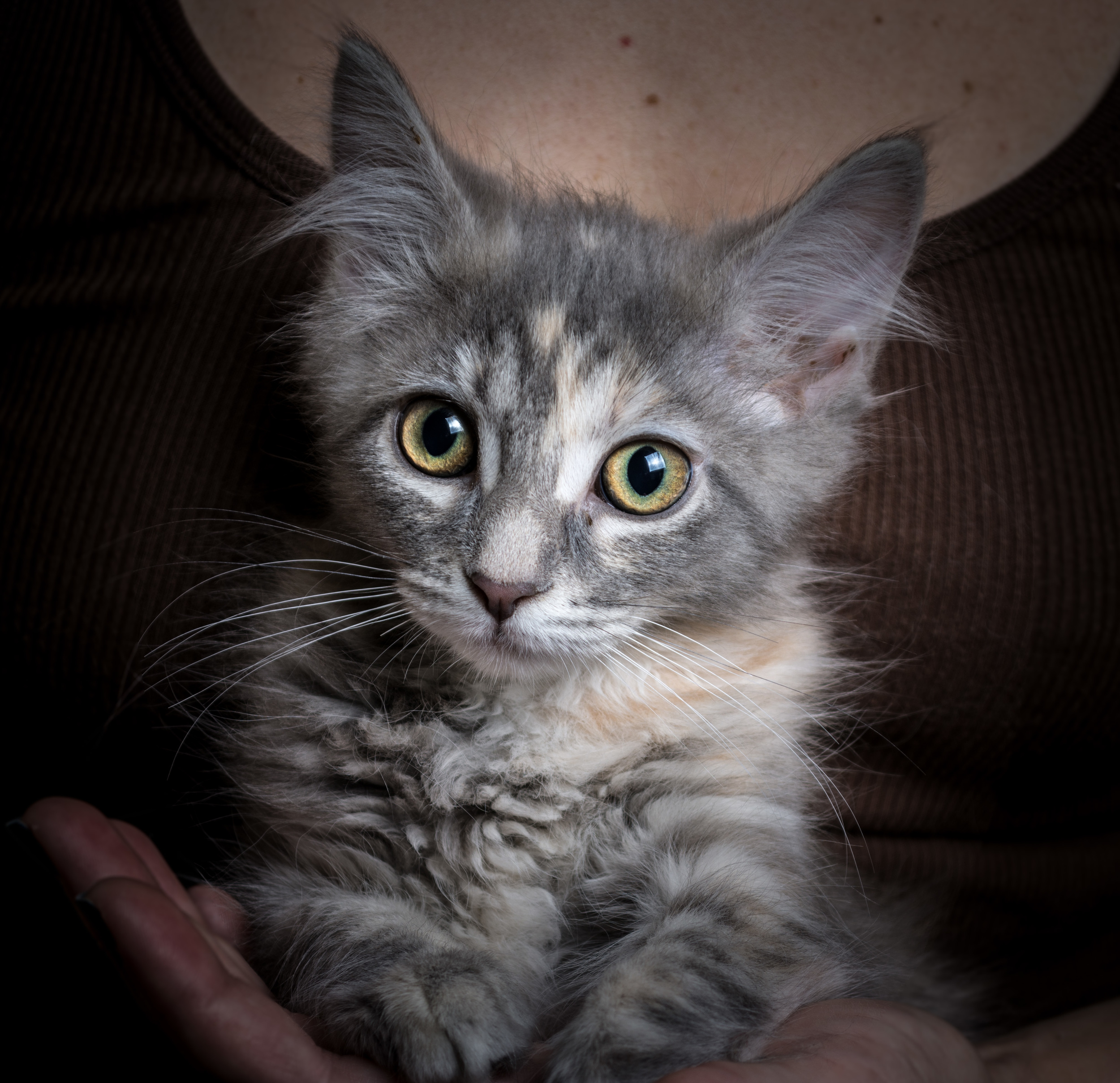You and Your New Dog: Starting Out Right
Congratulations on adopting your new dog! Here are some helpful hints for success.
Supplies
- Dog food - Check dog food reviews and one of our vets for selecting high quality food.
- Collar and / or harness, leash, and dog tag
- Water bowl, food bowl
- Treats for training
- Toys - Chew bones, chew toys, puzzle toys like Kongs and food balls are highly recommended.
- Bed - Dog bed, blanket or towels.
- Crate - Big enough for puppy to grow into if not full grown yet.
- Ex-pen or exercise pen
- Baby gate(s)
- Wee pads, if needed
Put all these must-have supplies in your new dog’s confinement area (see below).
Setup
Set up a confinement area, a place your dog will stay when you can’t provide 100% supervision; in other words, when you’re out, or busy around the house, and can’t watch him the entire time. The ideal confinement area should be easy to clean and easy to close off with a door or baby gate. It should be mostly free of furniture and non-dog related objects (remember, everything is a potential chew toy to a dog!). The best place for a confinement area is the kitchen, laundry room, porch, empty spare room or small indoor/outdoor area.
Furnish the confinement area with a bed or a crate with something soft to sleep on, a water bowl and several toys, including a favorite bone or chew toy. Note: The confinement area should be the only place your dog gets to have his favorite toy.
You might think the word “confinement” has a negative connotation, but your dog’s confinement area is not a negative thing. It’s positive. The confinement area is a place your dog can call his own as he makes the transition to his new home. It’s where he gets good things, like meals and his favorite toy. It sets him up for success in the process of housetraining and alone-time training.
People often give a new dog complete freedom right away. Then, when he has an accident or chews the wrong thing, they confine him, and confinement becomes punishment. If you start out giving your dog the run of the house, you’re setting him up for failure. Better to give him a safe, confined place, so he can make a gradual and successful transition to his new home.
If you’re unsure of where to set up your dog’s confinement area, please ask us for suggestions.
Arrival
- When you arrive at home, take your dog out for a walk or bathroom break.
- Introduce him on leash to his new home, including his confinement area.
- Give your dog a chew bone or a stuffed Kong and leave him alone in the confinement area for approximately 5 minutes.
- If your dog begins to howl, whine, or bark, wait until he has been quiet for at least ten seconds before you respond. Otherwise, your dog will learn that whining or barking makes you appear or gets him out of the confinement area, and he’ll bark or cry for longer periods of time.
- You must get your dog used to short absences starting within the first few hours his arrival.
This is extremely important. You’ll want to spend every minute with your dog when he first comes home, but you should prepare him right away for a normal routine. He must learn to be relaxed, calm and settled when he’s alone. Alone-time training is necessary because dogs are highly social animals and being alone doesn’t come naturally to them.
Leave your dog alone in his confinement area while you go out or spend time in another part of the house. Vary the length of your absences, from 30 seconds to 20 minutes, and repeat them throughout the day. If your dog seems comfortable, you can increase the amount of time he’s left alone.
Remember, it may take several days or weeks for your dog to make the transition to his new home.
Bedtime
Put a chew toy in your dog’s crate or sleeping area when you leave him for the night. He may have trouble settling in at first, but he should eventually relax and go to sleep. Remember, it’s important not to let your dog out of his confinement area if he’s crying or barking. If he gets attention for barking, he’ll keep it up for long periods of time.
Housetraining
Expect confusion & mistakes the first few days even in a trained dog. Some adult dogs are not housetrained. If your dog has an accident, it’s not because he’s incapable or unintelligent, it’s because he has not been properly trained. To successfully housetrain your dog, you need to treat him like an 8-week-old puppy. The confinement area is your key to success.
Until your dog is perfectly housetrained, never leave him alone unless he’s in his confinement area. He must be 100% supervised when he’s outside his confinement area.
If you want to let your dog out of the confinement area but cannot give them 100% supervision, attach their leash to your beltloop so they can follow you around the house. This will allow you to get some chores done while keeping your dog right by your side which will keep them from getting into any trouble. This is a valuable training exercise for numerous reasons.
- Take your dog out on leash frequently. Start by walking him at half-hour intervals.
- If you see your dog sniffing and circling in the house, take him out immediately.
- Praise and reward him with a treat (cookie) when he relieves himself outdoors.
- Never yell or punish your dog for a potty accident in the house.
Exercise
Dogs need both physical exercise and mental stimulation. Remember: A tired dog is a happy dog!
- A good exercise program will make your dog a more relaxed and enjoyable companion.
- Depending on your dog’s energy level, he will benefit greatly from daily aerobic exercise. Off-leash romps in secured areas, running or jogging, interactive games such as fetch or tug, all help burn energy and keep your dog from getting bored and frustrated. (Don’t let your dog off leash in unsecured areas, and make sure he wears an ID tag.)
- Daily obedience training and food “puzzle” toys provide your dog with mental stimulation.
- Dog training classes help burn off mental and physical energy. They also provide an opportunity to practice off-leash recalls (see our “Recall “ handout for details on recall training). Training classes are fun and useful for dogs and people alike.
Crate Training
A crate is a valuable tool for a new adopter. Like a confinement area, a crate eases the process of housetraining, chew training and alone-time training. It helps your dog make the transition to his new home. See our “Crate Training” handout for detailed instructions.
Source: Most of this information is from the San Francisco SPCA’S publication: “You and Your New Dog: Starting Out Right”, with some edits made by Tailchaser Rescue.




